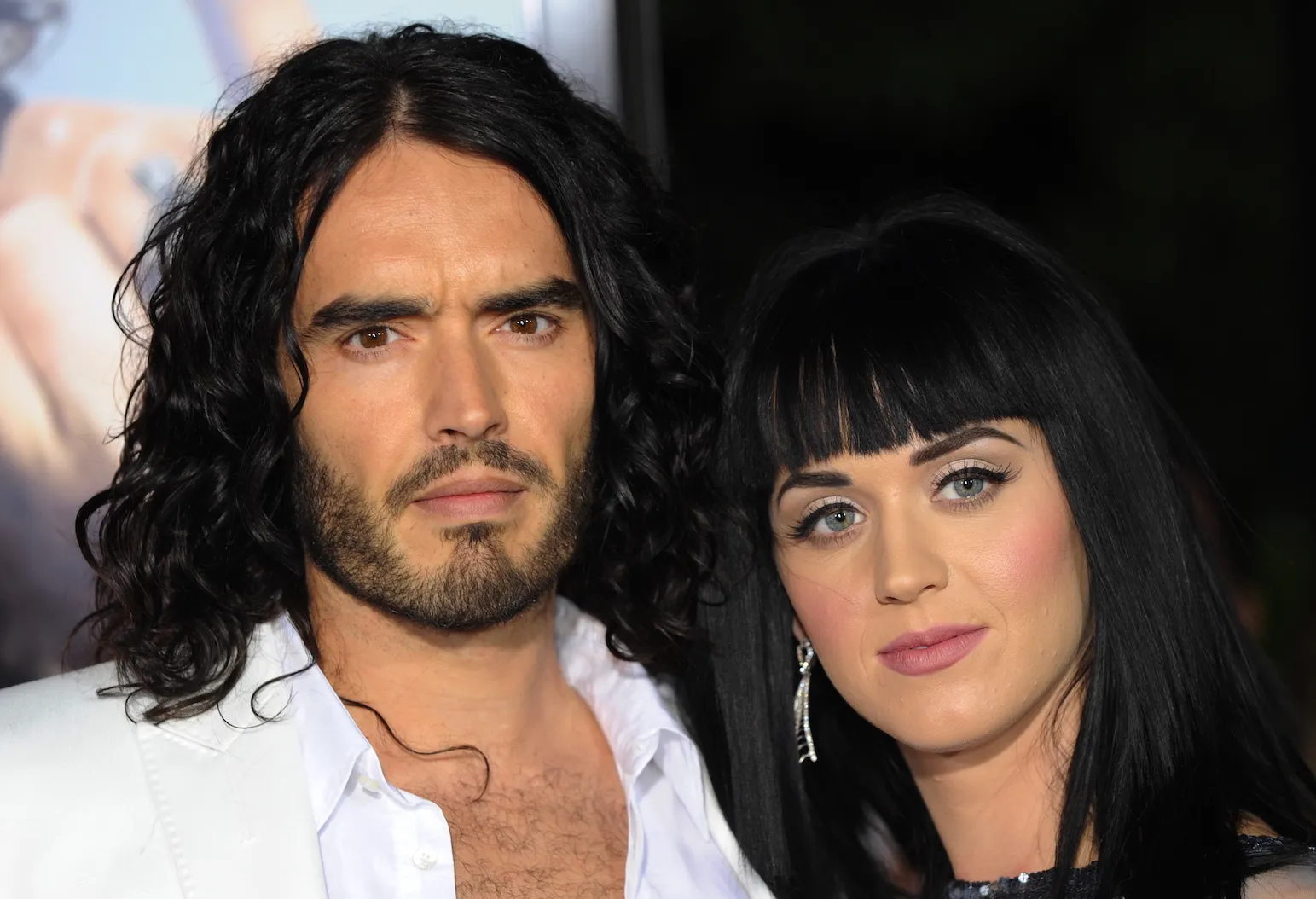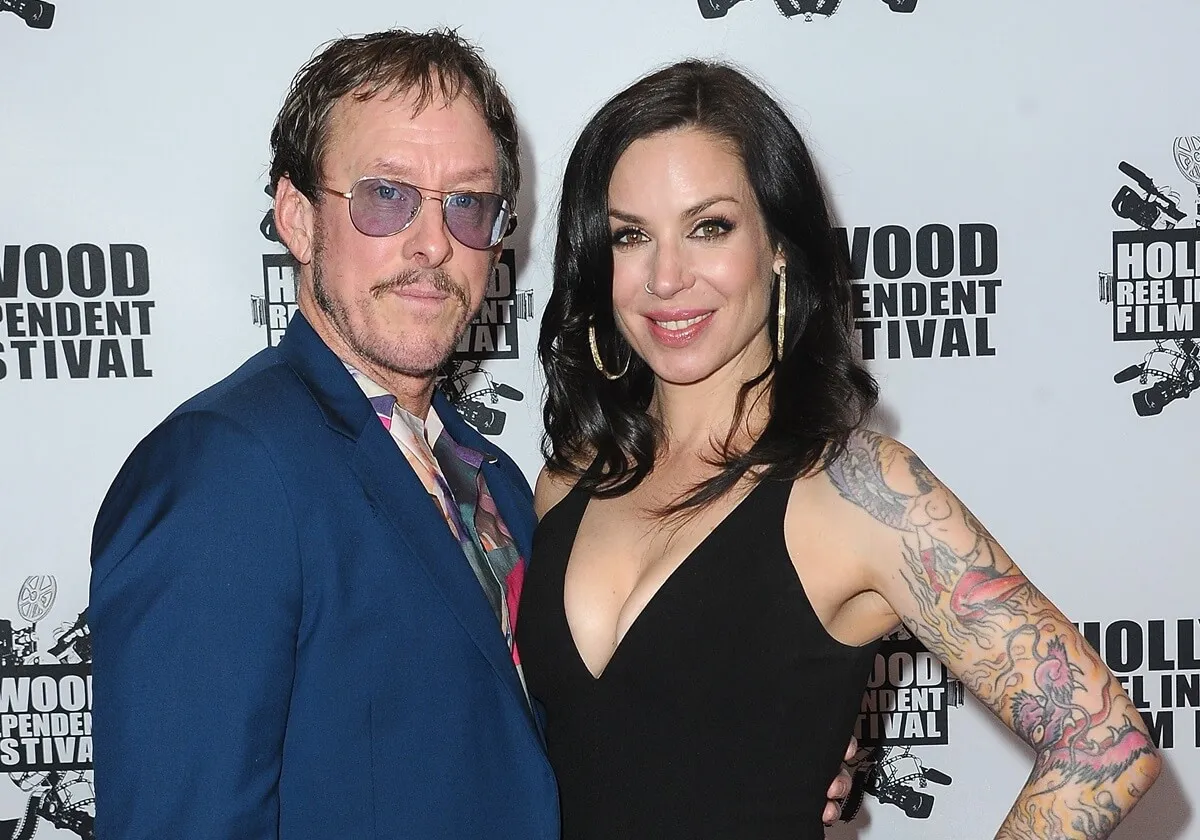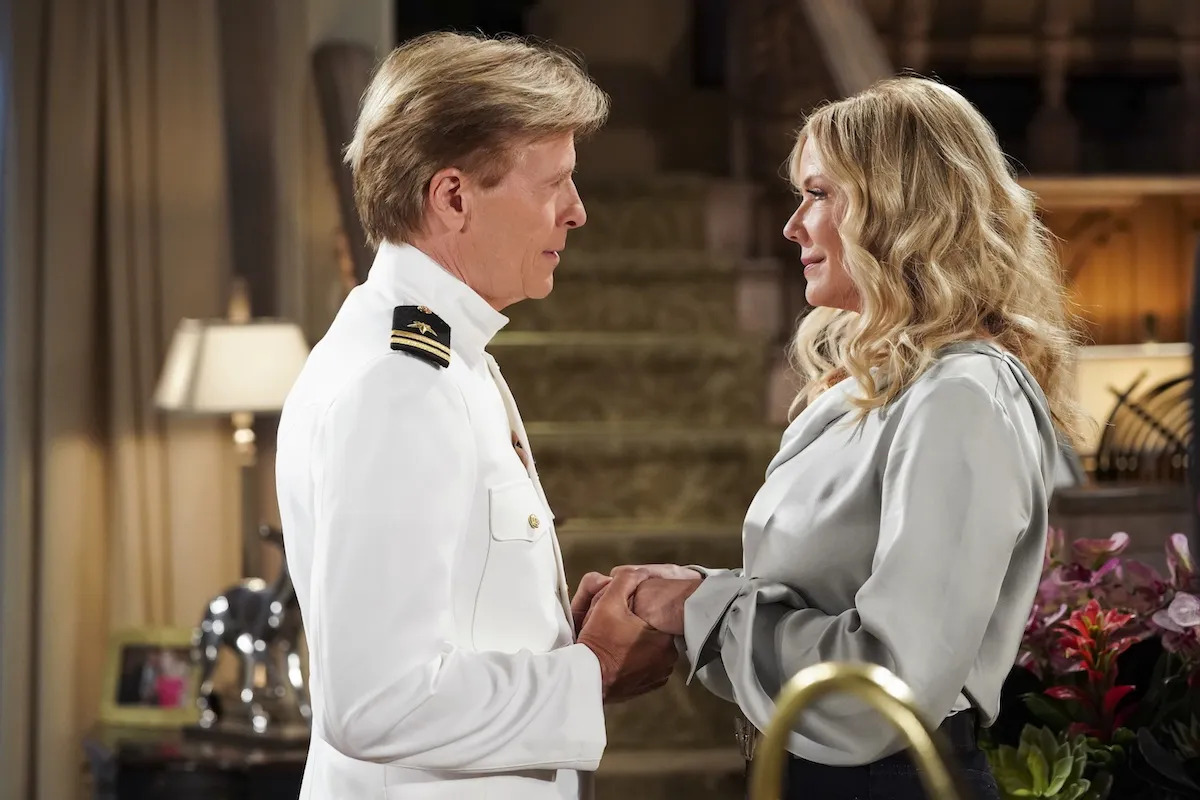The Notorious B.I.G.’s Dream Job When He Was Young Was Very Different From Rapping
The Notorious B.I.G. is an undisputed icon of hip-hop. The Brooklyn-bred rapper transformed the genre with his braggadocious bars and unique musical take on rap. But long before he was a rapper, when he was young, he dreamt of doing something entirely different.
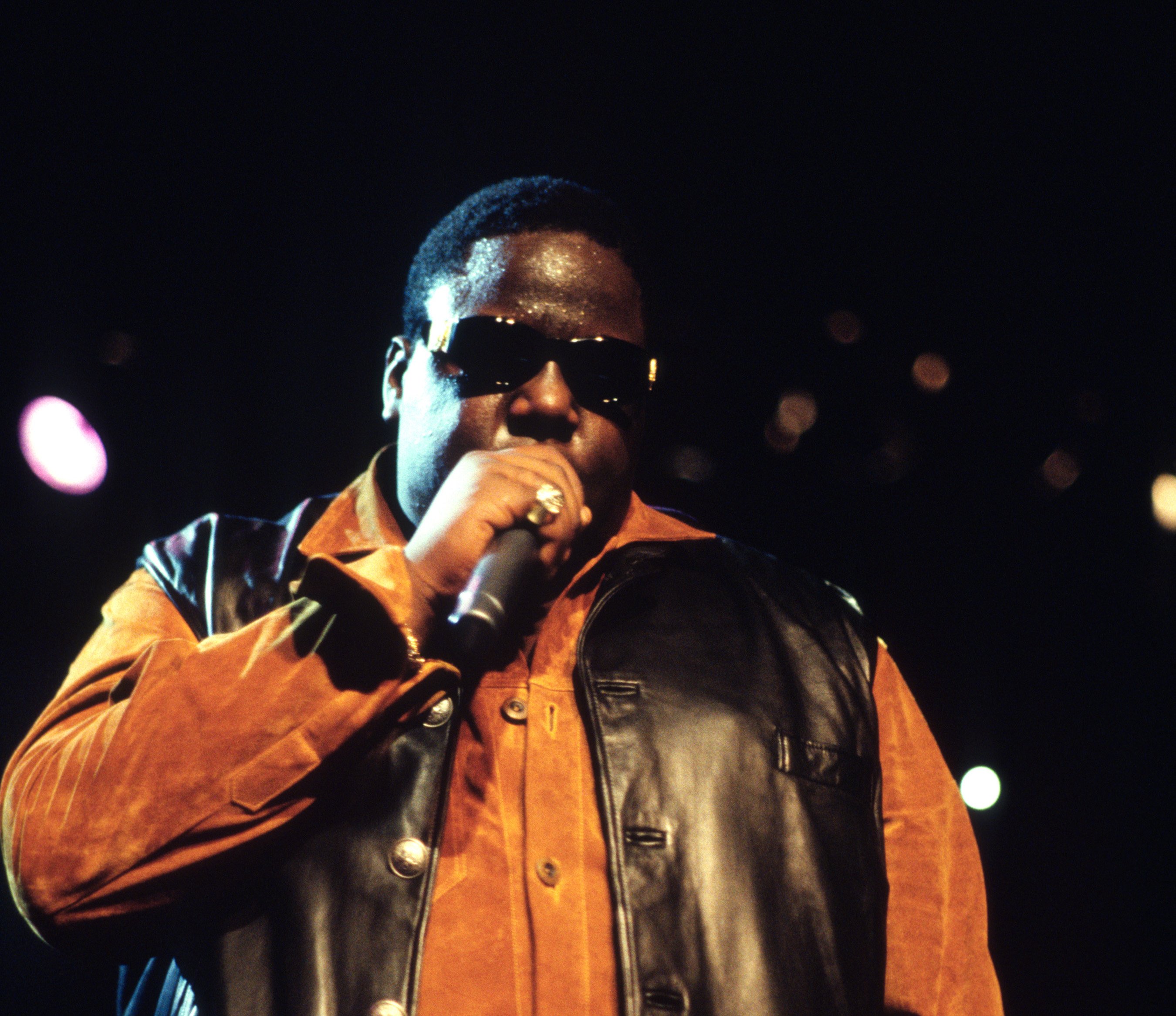
The Notorious B.I.G. had hit songs
The Notorious B.I.G. grew up on the streets of Bedford-Stuyvesant, Brooklyn in the 1980s, not far from another future rap legend, Jay-Z. He grew up during the height of the crack epidemic, which was ravaging Black communities across the country.
Biggie often participated in impromptu rap battles on the street. He was eventually discovered by Sean “Puffy” Combs, a.k.a. P. Diddy, who went on to sign him to his record label, Bad Boy Records.
Biggie released his smash debut album Ready to Die in 1994, and became a superstar almost overnight. With hit songs including “Juicy,” “Big Poppa,” and “One More Chance,” the album was an instant classic: it earned a Grammy nomination for Best Rap Solo Performance and has sold over 6 million copies to date. His second album Life After Death was released in 1997 just two weeks after his sudden death and contained hit singles “Hypnotize” and “Mo Money Mo Problems,” both of which also earned Grammy nominations.
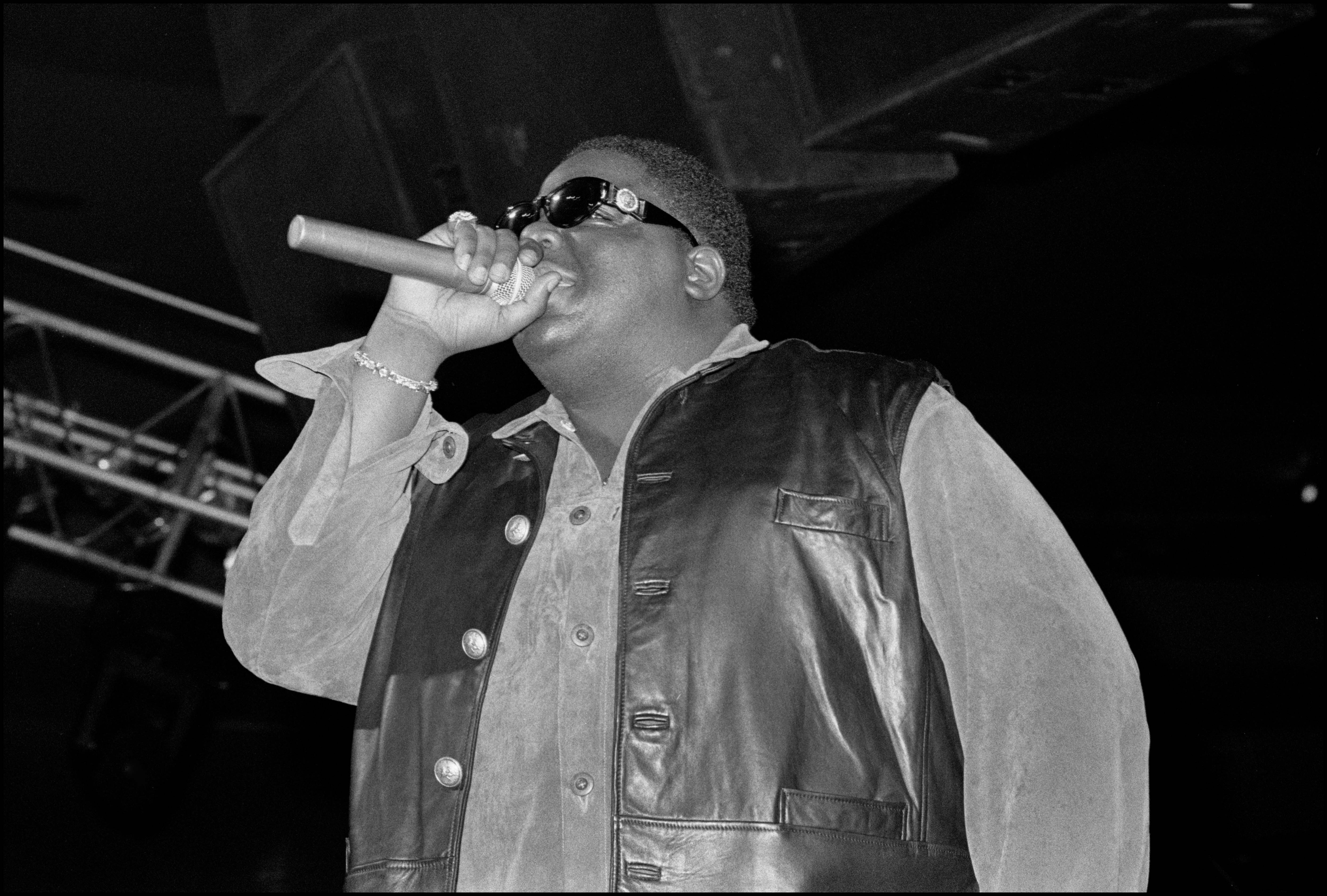
Biggie could’ve been an art dealer
The 2021 Netflix documentary Biggie: I Got a Story to Tell painted a picture of who The Notorious B.I.G. was: a creative, caring person who was more soft-spoken in real life than his music let on. At one point in the documentary, Biggie himself reflected on where life could have taken him based on his childhood passions.
“I used to draw back in the day — back like in 4th [and] 5th grade,” he said. “[Teachers] were always like, ‘Take the talent that you have and think of something that you can do in the future with it and build on it. And I was like, ‘Well, I like to draw, so what could I do with drawing? Do I want to be an art dealer? No, I’m not going to be that type of n—-.'”
“I was more like, ‘Maybe I could do big billboards and s— — like commercial art,” he continued. But he lamented that “That was so long ago” and that his life had taken a completely different path in the years since.
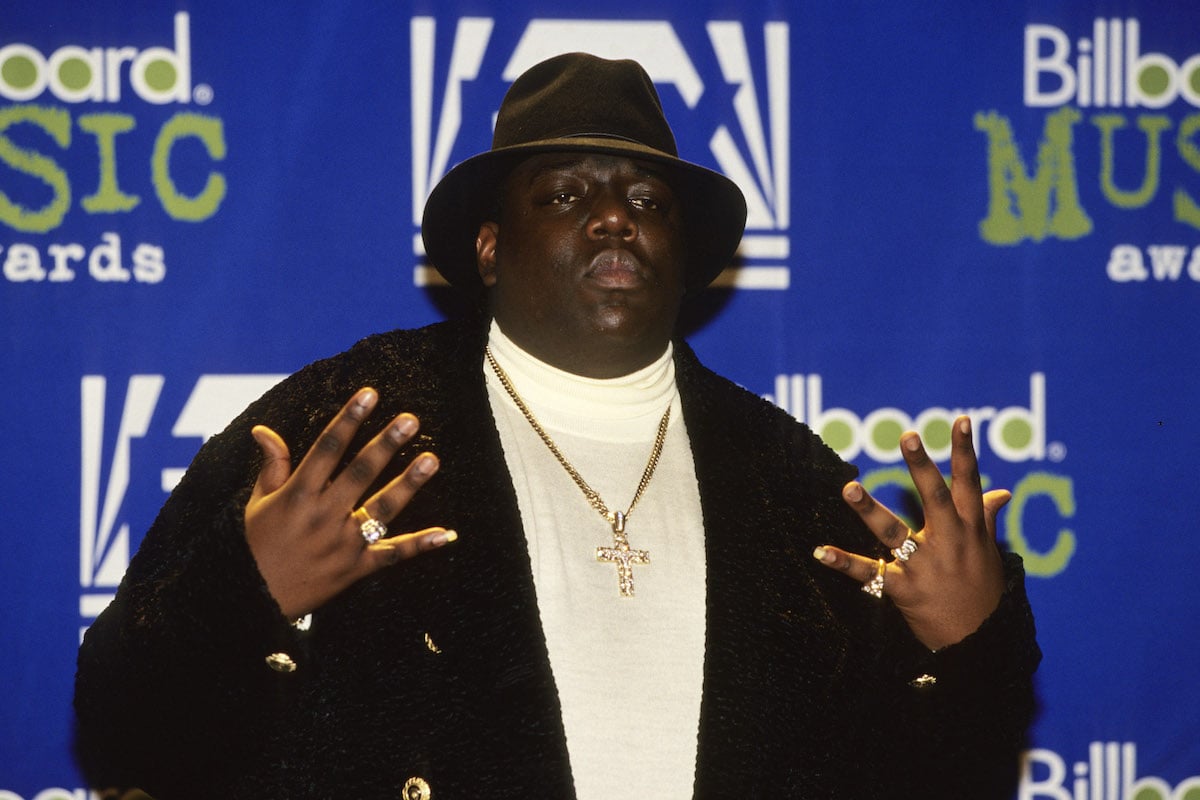
Biggie was a drug dealer before becoming a rapper
When he was just 12 years old, Biggie started selling crack cocaine on the streets of Bed-Stuy. He kept his hustle a secret from his mother, telling her that he had another job.
“After I got introduced to crack,” Biggie said, laughing, “Commercial art? I go out here for 20 minutes and get some paper — some real, real money, man.”
Biggie continued to sell crack after his music career began to take off with his debut single “Party and Bulls—” in 1993 as a way to support his newborn daughter T’yanna and her mother, his high school girlfriend, Jan Jackson. But Diddy presented him with an ultimatum: he needed to choose between music and selling drugs. Knowing that rapping was his true calling, Biggie left the streets behind for good and never looked back.
